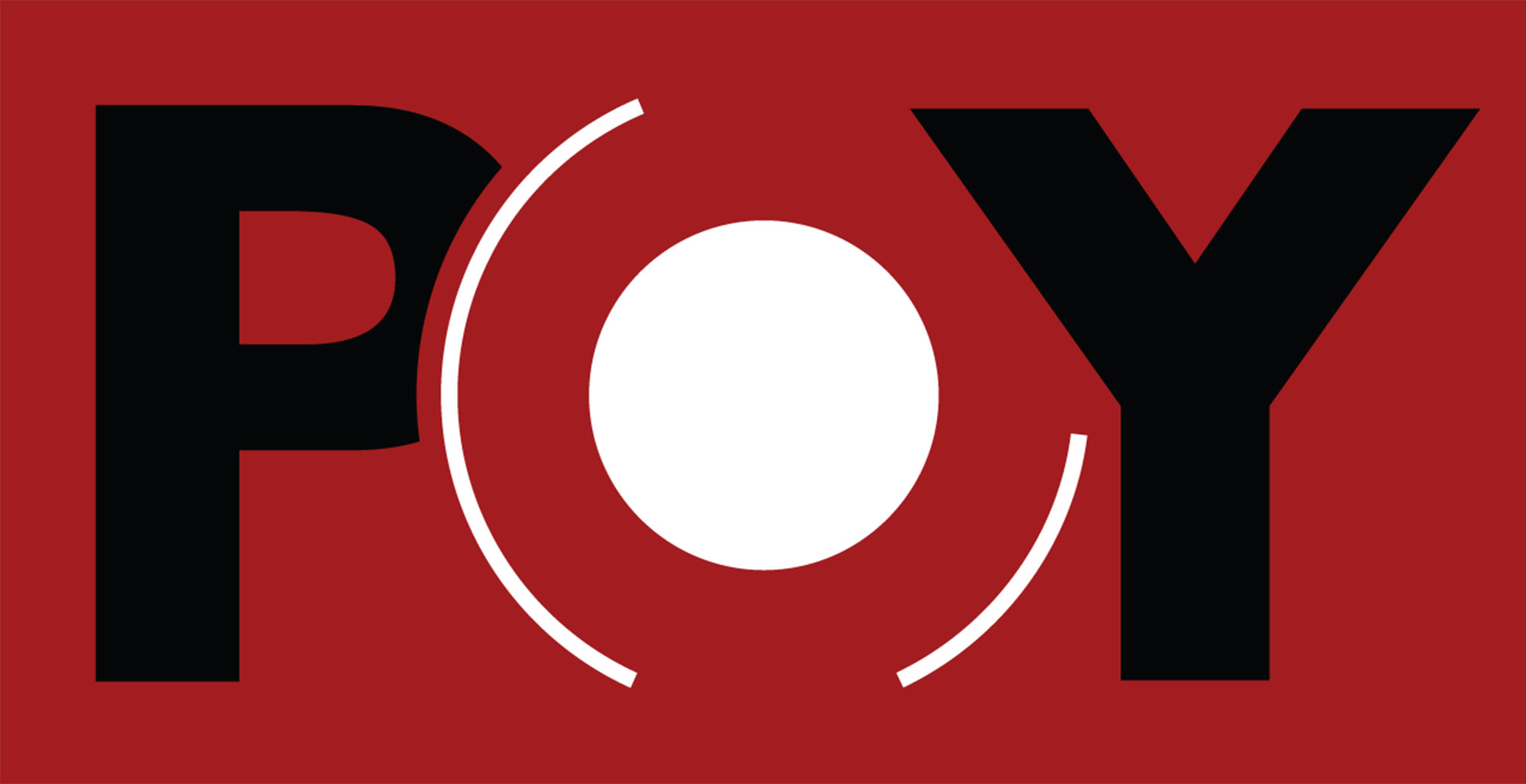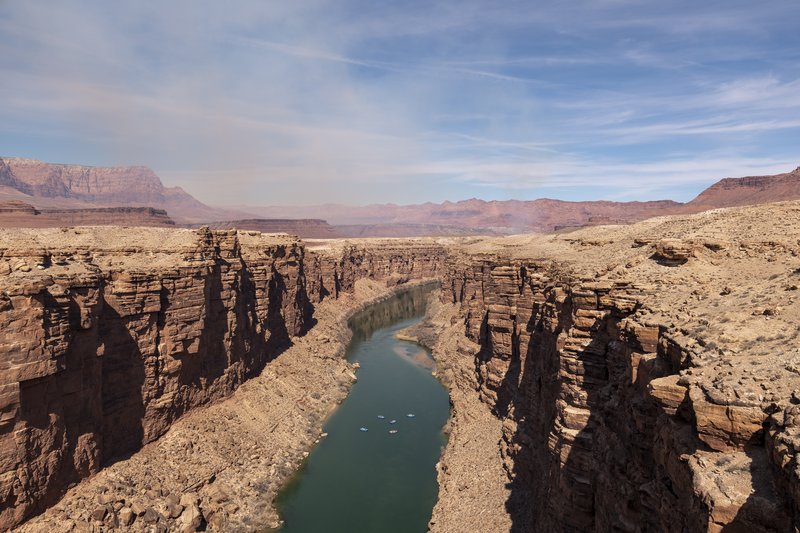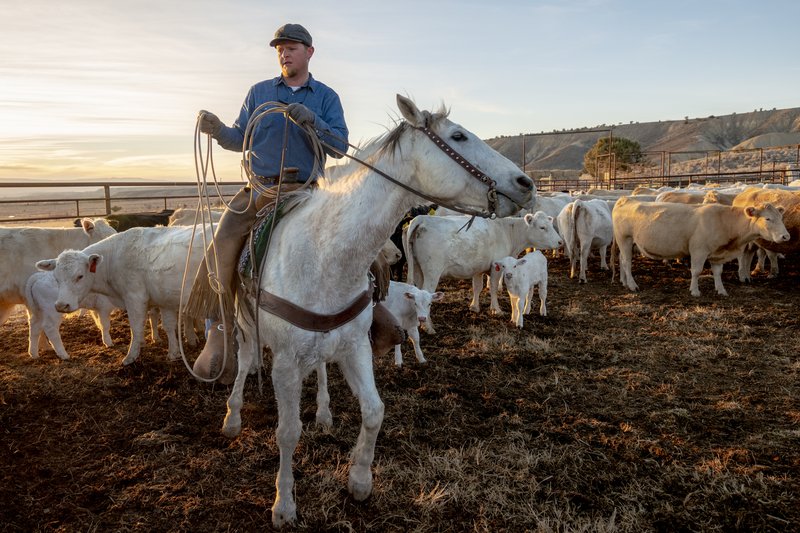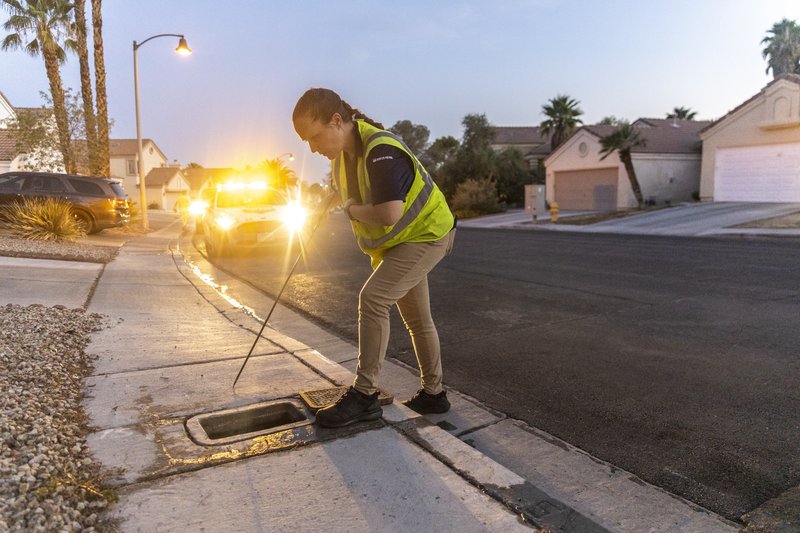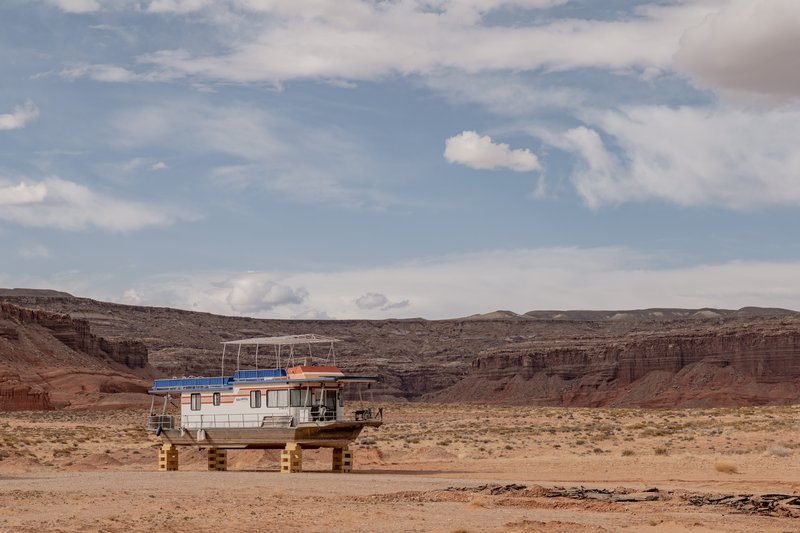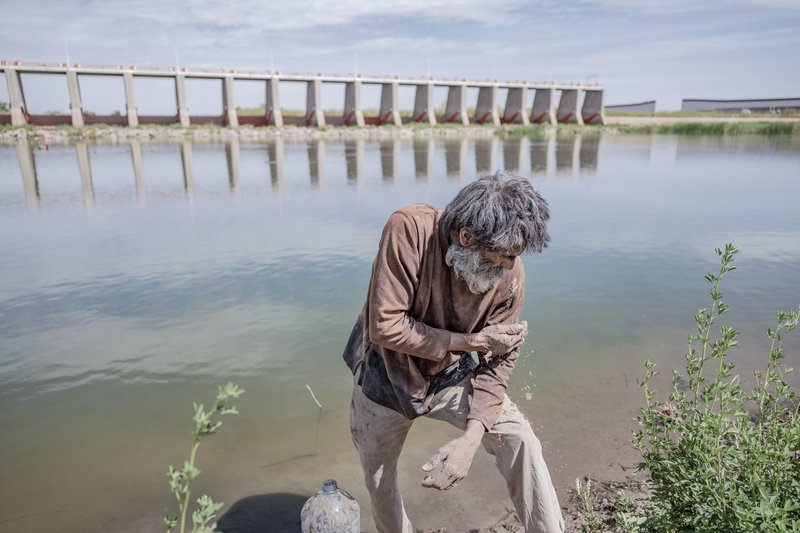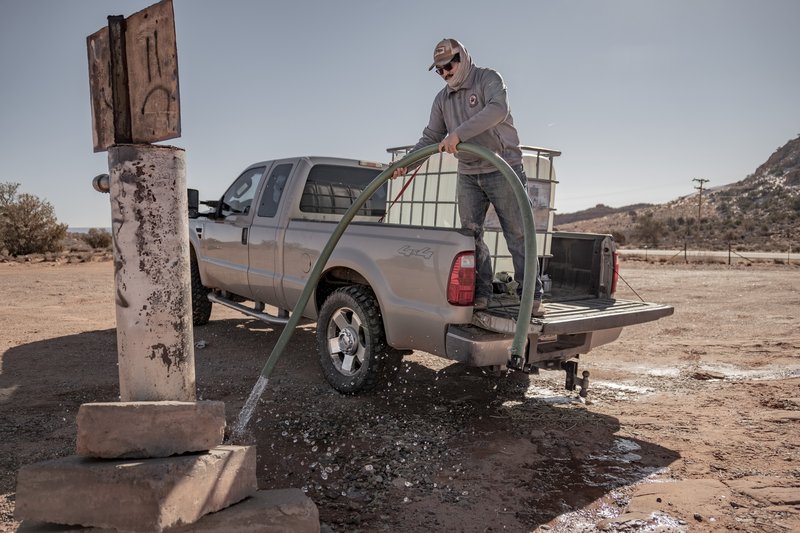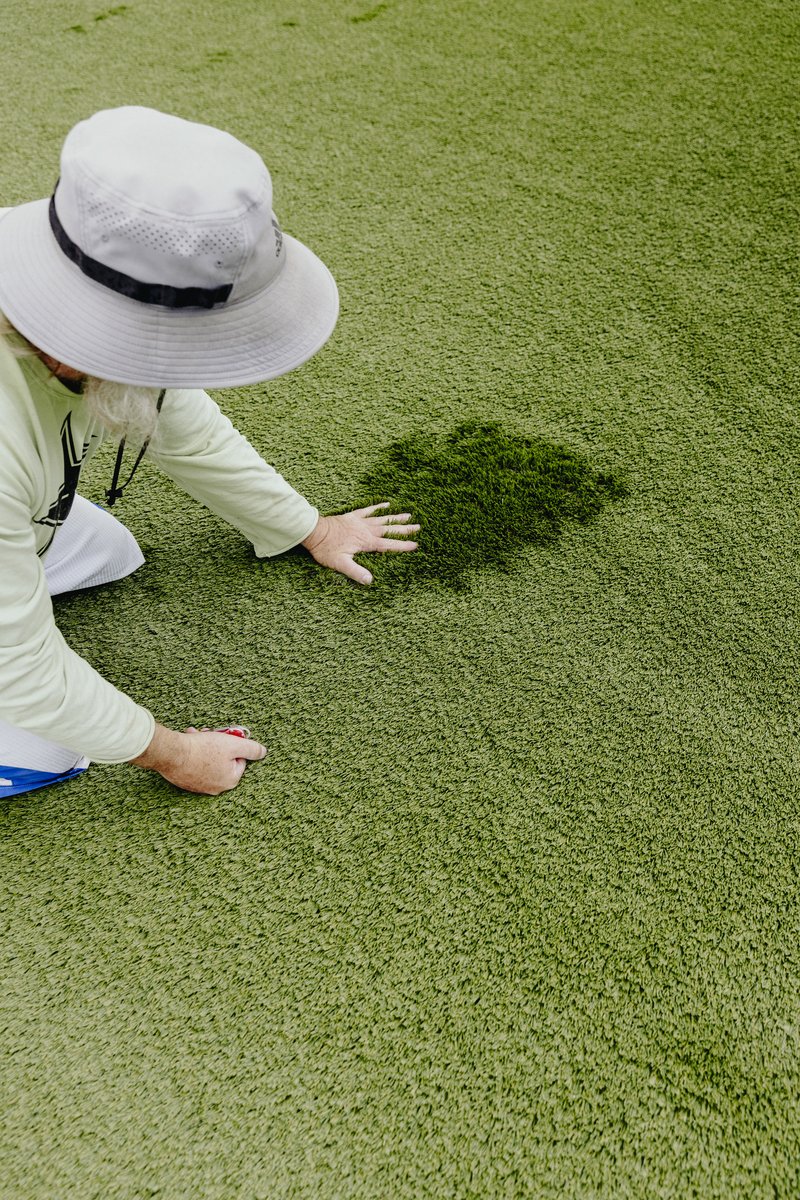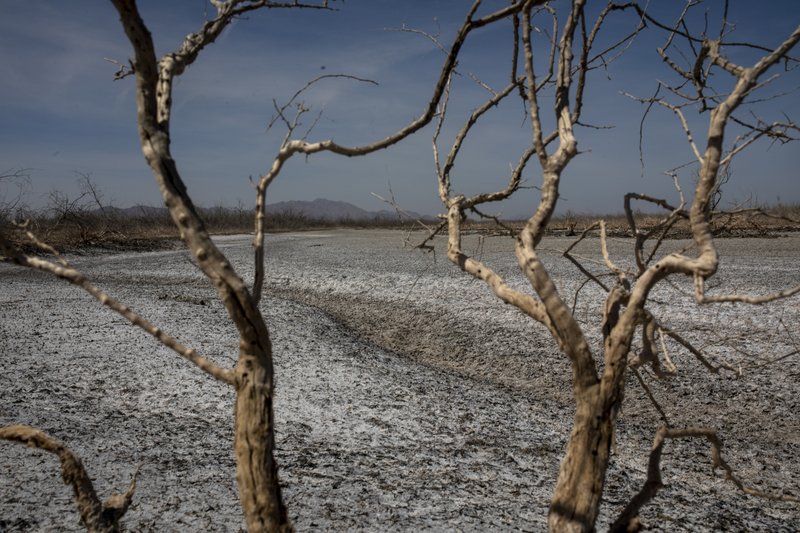Finalist: The Dying River
This premier category recognizes a photographer’s long-term story, project, or essay that explores issues related to the environment, natural history, or science. This could include a facet of human impact on the natural world, scientific discovery, coverage of plant or animal habitat, climate concerns, or similar topics.
The Dying River
The Colorado River once stretched over 2,000 kilometers, from the snow-capped slopes of the Rocky Mountains to the Gulf of California, across the western United States and Mexico. But the river in the desert of Sonora has been drying up since the 80s and no longer reaches the delta, because extensive agriculture and diversion of water to metropolitan areas such as Phoenix and Las Vegas led to changes in the course of the river. Dams, huge canal systems, growing cities in the desert. Today over 44 million people depend on the water of the Colorado, but less and less snowfall in the Rocky Mountains, due to the climate crisis, intensifies the struggle for water rights. Farmers have to file for bankruptcy, real estate developers buy farms just to get water rights. The Cucupá, wich translates as „People of the river“, live in the Colorado Delta. "As a child I often went swimming in the river, Today I fish in the wastewater from agriculture, which pictures the Colorado River here with us," says Leticia Galavis Sainz (51). "The Cucupá have always made a living from fishing, but without the river our culture dies too!”
